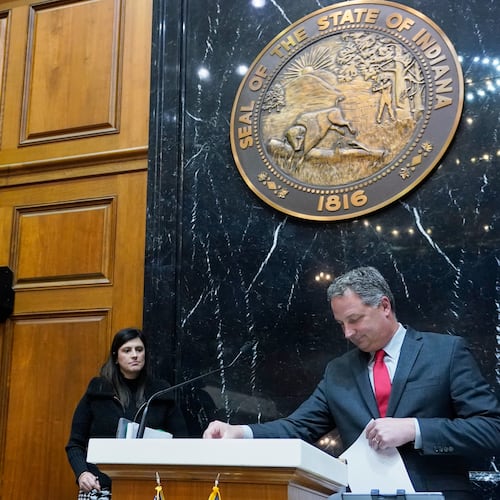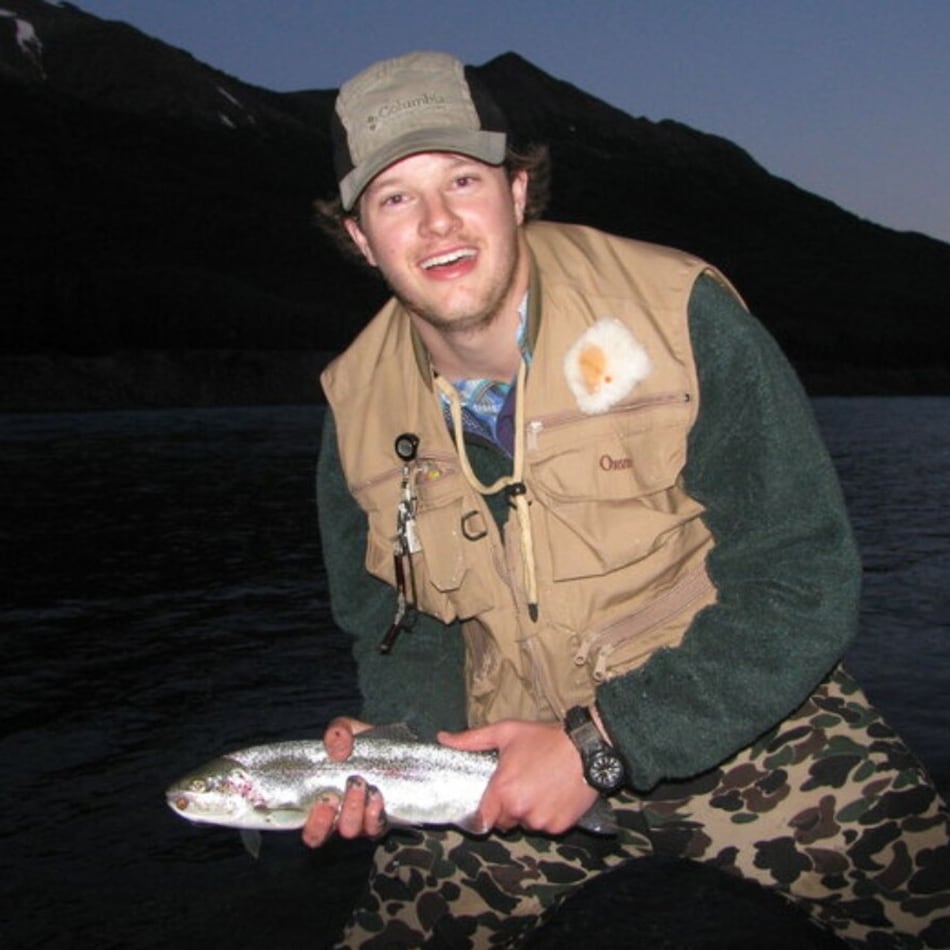Q: I planted a gorgeous Rising Sun redbud two weeks ago. The leaves are going partially limp and I’m worried about my expensive tree. — Missy Garrett, Decatur
A: I agree that this tree, whose real name is The Rising Sun redbud, is gorgeous! It is intriguing that such pretty leaf colors come from a native tree whose nondescript seedlings I commonly pull from my garden. It’s normal for a tree full of leaves to droop a little bit after planting. It’s inevitable that some of the water-supplying roots were damaged when you planted it. Keep the tree well-watered for a couple of weeks and the leaves will lose their droop as new roots grow.
Q: I’m getting a new roof and need to prune two rhododendrons back from the driveway to keep the trucks from damaging them. I wonder if you might have any tips? — Nancy Kornegay, email
A: Before I do any pruning on a shrub, I follow the three D’s: removing dead, diseased and damaged branches. Dead limbs are obvious removal candidates. Look also for weak branches ― those that have just a few small leaves. Remove them because they will not be much help in refoliating the growing area.
Then decide how far the rhododendron needs to be pruned back. I like to use colored yarn, strung between branches, to show what to cut. There are two major cuts that are used when pruning: the heading cut and the thinning cut. A heading cut is when you cut straight across a branch. This cut should be done just beyond small buds which will sprout new growth and thicken the foliage. A thinning cut is when you remove a whole branch, which reduces foliage. You’ll need to do both with your rhododendron.
First, examine the existing limbs in the area to be cut back. Are there some whose greenery extends partially into the removal area? Keep them because they will assist in the fast refoliation of the shrub. Make a heading cut a foot inside the removal line.
Are there some limbs that are so long that they thrust all of their foliage out of the shrub? Make a heading cut 18 inches inside the removal line. When you are finished, you will have a mixture of fast-growing limbs just inside the removal line plus secondary limbs which will provide interior leaves. Fertilize lightly with extended release fertilizer like Osmocote.
GARDEN QUESTIONS? Send them to Walter at georgiagardener@yahoo.com. Questions with good pictures, if appropriate, are preferred.
Credit: Courtesy of Walter Reeves
Credit: Courtesy of Walter Reeves
About the Author
Keep Reading
The Latest
Featured


